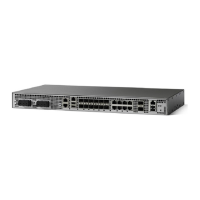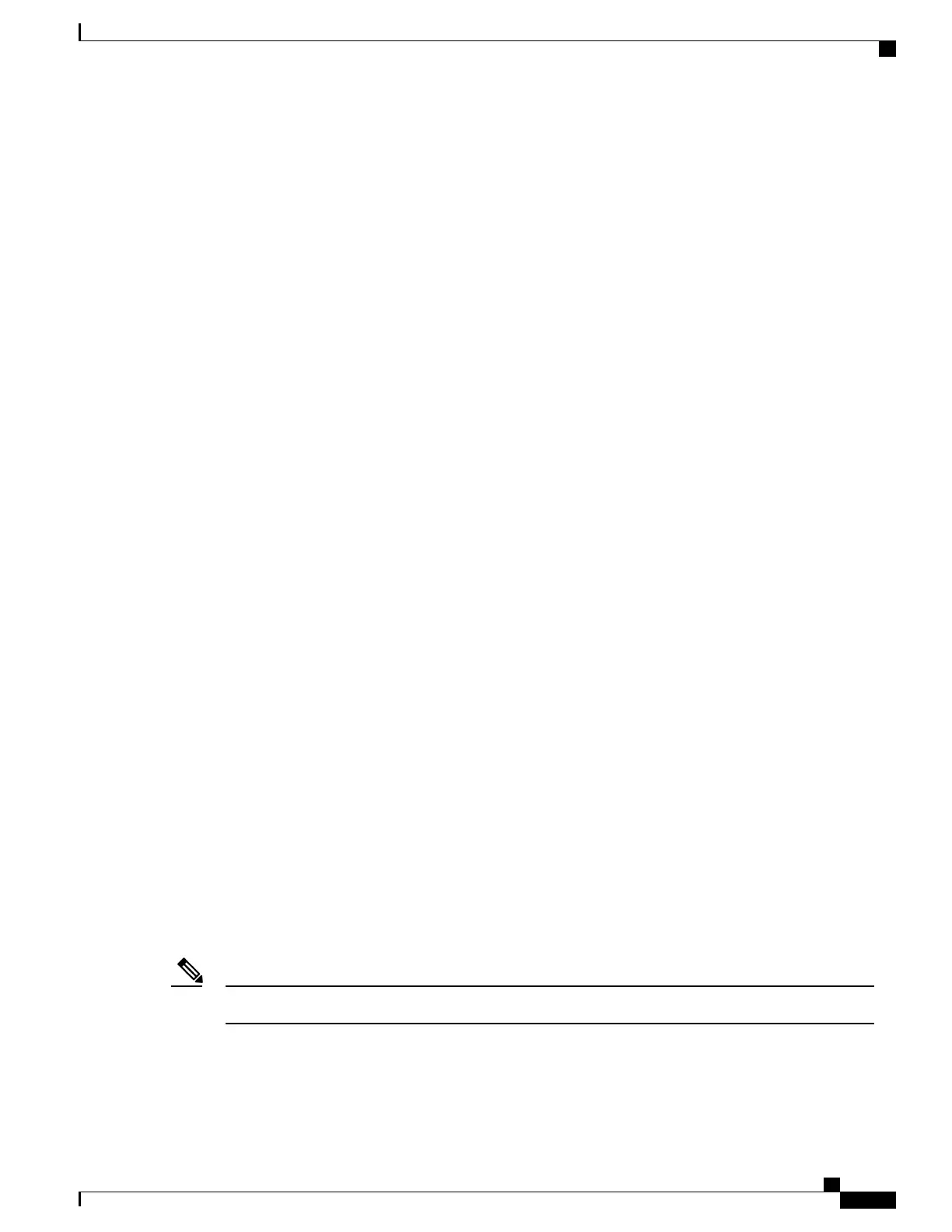T1 Alarms
The following T1 alarms are supported:
• LOS — DS1/E1 Line loss of Signal
• AIS — DS1/E1 Path Alarm Indication Signal
• AIS-CI — DS1/E1 Path Alarm Indication Signal Customer Installation
• LOF — DS1/E1 Path Loss of Frame
• RDI/RAI — Remote Defect Indication or Remote Alarm Indication
• RAI-CI — Remote Alarm Indication Customer Installation
•
TCA for Line and Path DS1
T3 Alarms
The following T3 or path alarms are supported:
• LOS — DS3/E3 Line Loss of Signal
• OOF — DS3/E3 Path Loss of Frame
• SEF — DS3/E3 Path Severely Errored Frame
• AIS — DS3/E3 Path Alarm Indication Signal
• SEF/AIS-FE — Far End SEF/AIS
•
TCA for Line and Path DS3
Alarm Indicators
Typically, a failure condition detected by a SONET chassis results in one or more error conditions sent both
upstream and downstream on the network. An AIS is sent in order to alert downstream chassis of a problem
and in order to prevent consequential downstream failures or alarms from being raised.
How to Configure SONET
This section describes how to configure SONET.
Each SFP port (0-7) can be configured as OC-3, OC-12, OC-48, or Gigabit Ethernet. SFP+ port (8) can be
configured as OC-192 or 10 Gigabit Ethernet.
To use the above features, you need to apply a valid license.Note
1-Port OC-192 or 8-Port Low Rate CEM Interface Module Configuration Guide, Cisco IOS XE Everest 16.7.x (Cisco
ASR 900 Series)
35
Configuring SONET
Alarm Indicators

